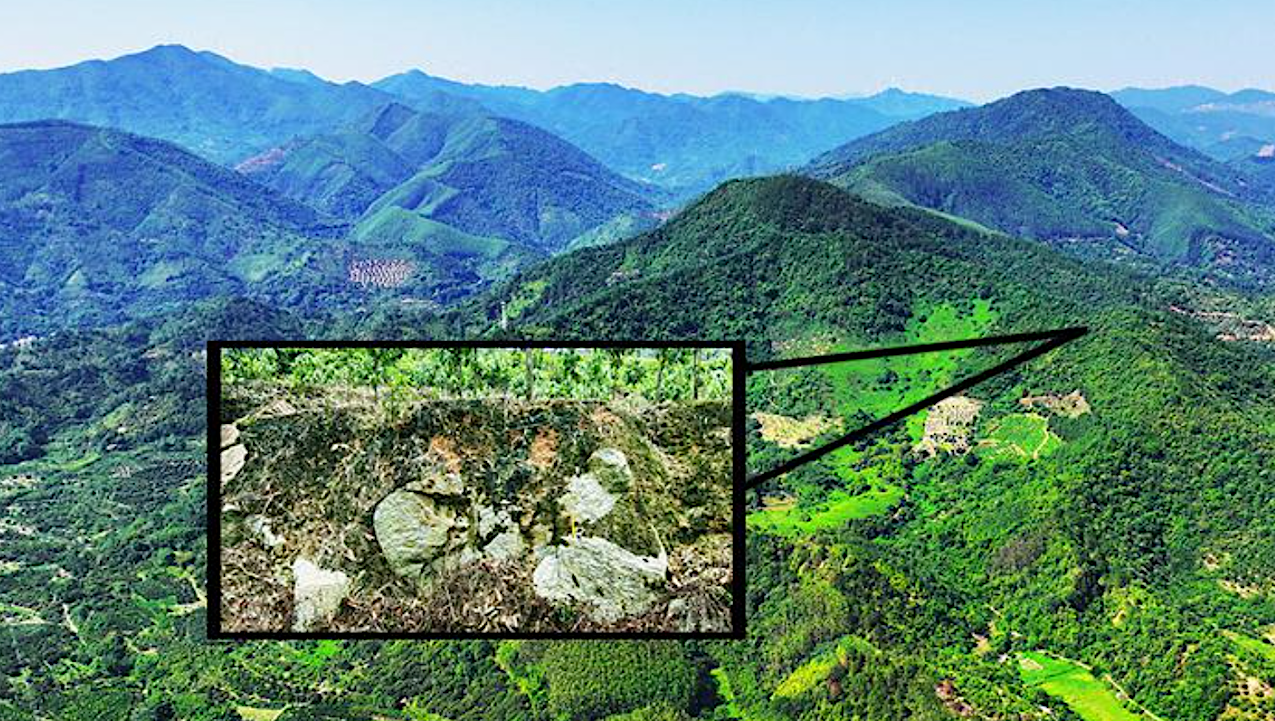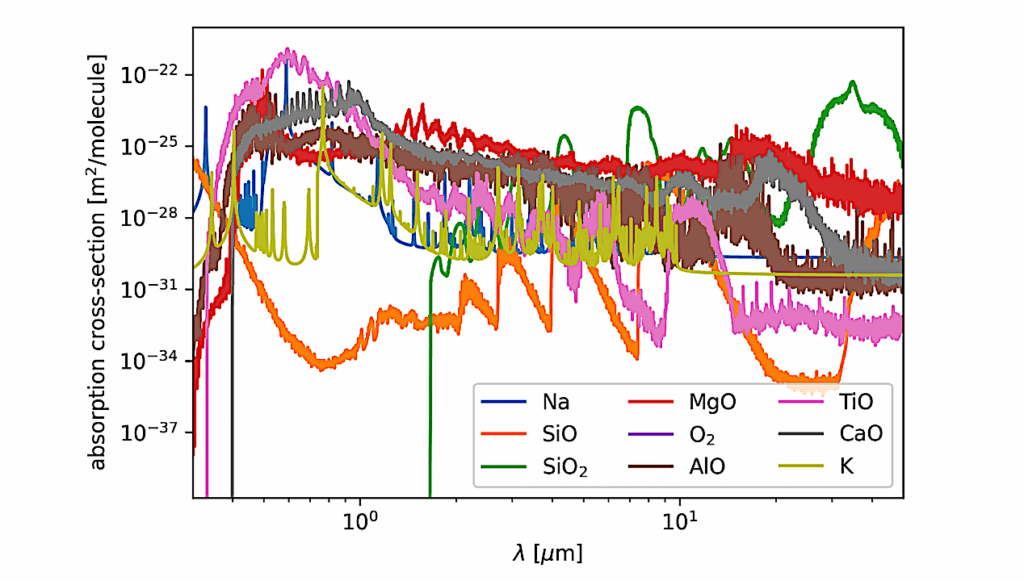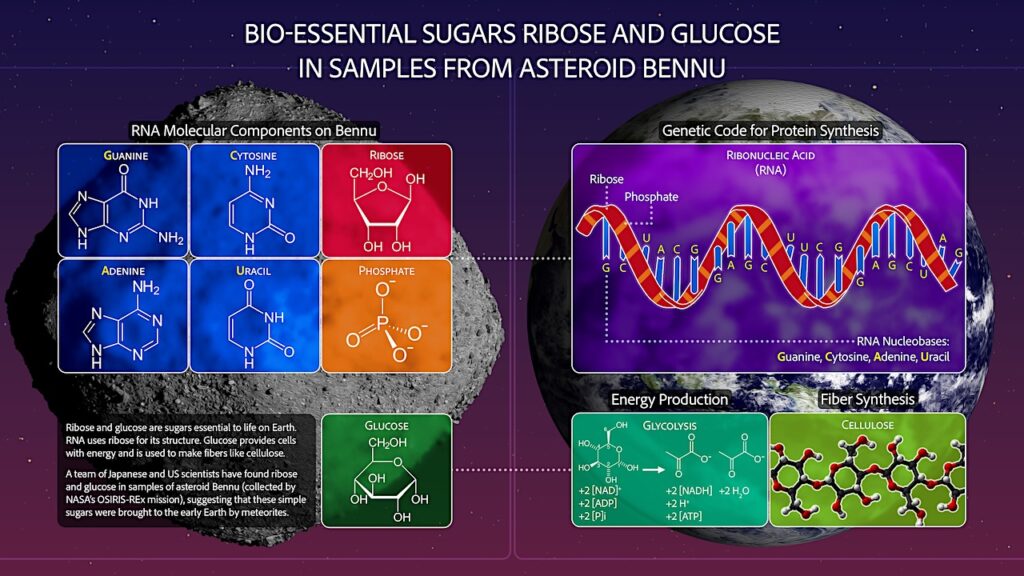Earth’s Largest Modern Crater Discovered In Southern China

A newly discovered, remarkably well-preserved impact crater is shedding fresh light on how extraterrestrial bodies collide with Earth.
In the journal Matter and Radiation at Extremes, by AIP Publishing, researchers from Shanghai and Guangzhou, China, report the discovery of the Jinlin crater: an impact structure nestled on a hillside and preserved within a thick granite weathering crust.
Located in Zhaoqing, Guangdong Province, China, it is one of only about 200 identified craters worldwide and is very young in geological years. Based on measurements of nearby soil erosion, it likely formed during the early-to-mid Holocene — our current geological epoch, which began at the end of the last ice age about 11,700 years ago. With a diameter of 900 meters, it is the largest known impact crater from this era — far exceeding Russia’s 300-meter Macha crater, previously the largest known Holocene impact structure.
“This discovery shows that the scale of impacts of small extraterrestrial objects on the Earth in the Holocene is far greater than previously recorded,” said author Ming Chen.
In this case, the “small” impactor in question was a meteorite rather than a comet, which would have left a crater at least 10 kilometers wide. However, the research team has not yet determined whether the meteorite was made of iron or stone.
One of the most surprising traits of this crater is how well-preserved it is, especially given the region’s monsoons, heavy rainfall, and high humidity — all conditions that accelerate erosion. Within the granite layers that help to protect and preserve its impact structure, the researchers found many pieces of quartz with unique microfeatures, called planar deformation features, that geologists use as evidence of some type of impacts.
“On the Earth, the formation of planar deformation features in quartz is only from the intense shockwaves generated by celestial body impacts, and its formation pressure ranges from 10 to 35 gigapascals, which is a shock effect that cannot be produced by any geological process of the Earth itself,” said Chen.
It is generally believed that throughout Earth’s history, every point on its surface has faced roughly equal odds of being struck by an extraterrestrial object. However, geological differences mean that the historical footprints of these impacts eroded at varying rates, and some have fully disappeared. This makes the Jinlin Crater’s discovery particularly significant.
“The impact crater is a true record of Earth’s impact history,” said Chen. “The discovery of the Earth impact crater can provide us with a more objective basis for understanding the distribution, geological evolution, and impact history and regulation of small extraterrestrial bodies.”
The article “Jinlin crater, Guangdong Province, China: Impact origin confirmed” is authored by Ming Chen, Dayong Tan, Wenge Yang, Ho-Kwang Mao, Xiande Xie, Feng Yin, and Jinfu Shu. It was published in Matter and Radiation at Extremes and can be accessed at https://doi.org/10.1063/5.0301625.
Astrobiology,








